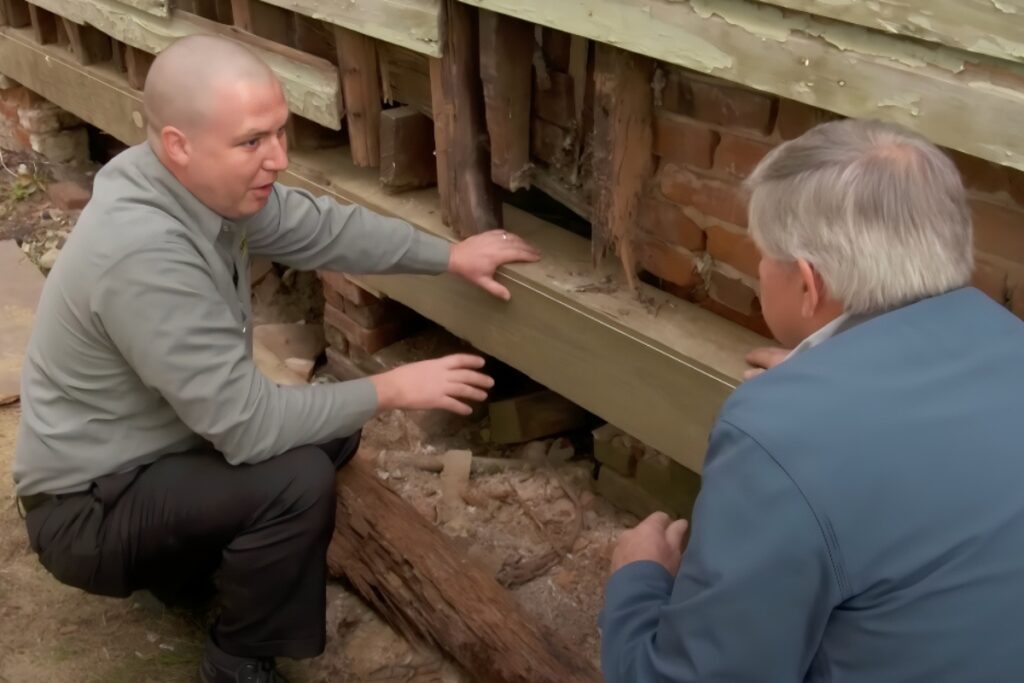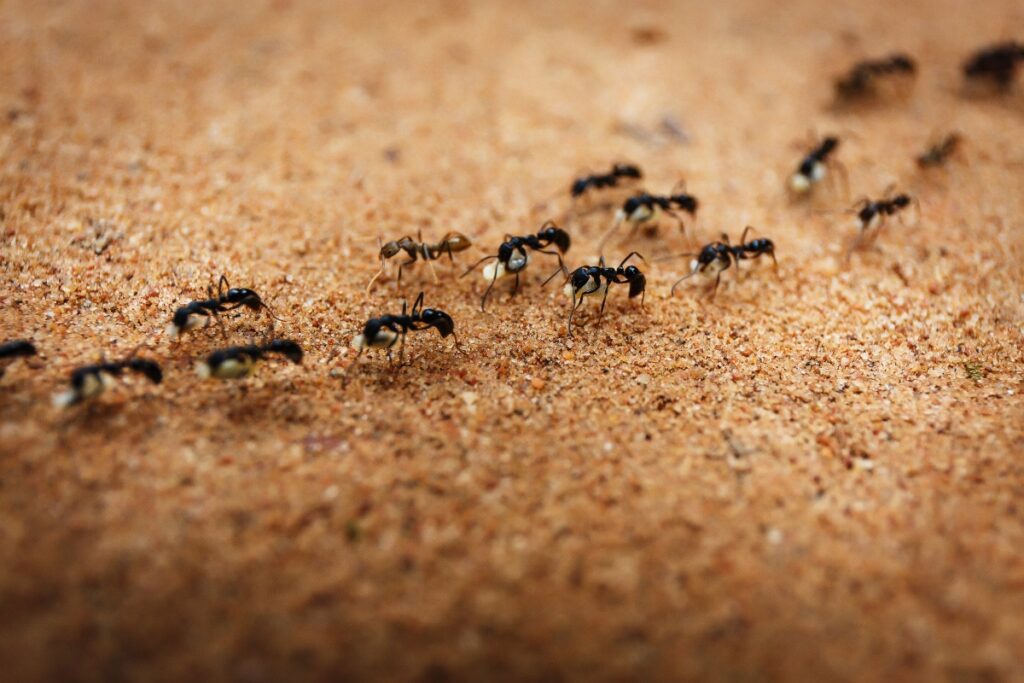
Nature’s architects come in all shapes and sizes. While humans generally get the spotlight for changing landscapes, some animals also transform their habitats in significant ways. From damming rivers to clearing forests, these animals reshape ecosystems, creating both opportunities and challenges for other species and humans alike. Here are ten creatures whose activities have a big impact.
1. Beavers

Beavers dramatically reshape rivers and streams, using mud and sticks to create complex dams that slow water flow, transforming flowing rivers into ponds and wetlands. This benefits species like frogs, ducks, and fish, which thrive in stable waters. However, in agricultural and suburban areas, these dams can disrupt irrigation systems, flood nearby lands, and force communities to make changes to manage water levels. As much as they support wetland ecosystems, beavers often require close human oversight in areas where their creations interfere with roads, farms, or flood control systems.
2. Elephants

Elephants have a unique way of altering landscapes. Using their immense strength, they push down trees and clear dense vegetation as they roam, converting forested areas into open grasslands that attract grazing animals like wildebeests and zebras. At the same time, though, they reduce resources for forest-dependent animals. In areas bordering villages or farmlands, these massive herbivores sometimes trample crops and threaten property. The need to balance elephant populations with human interests is a recurring issue in areas where their habitats overlap with agricultural land.
3. Corals

Tiny coral polyps work collectively to build massive reef structures that shelter and nourish a plethora of marine species. Coral reefs act as barriers, protect coastlines, and support fisheries, but their impact isn’t always wholly beneficial. Some reefs expand into areas needed for seagrass, blocking vital spaces that nurture fish nurseries. Coral reefs are also sensitive to water temperature and acidity, and if they die, once-thriving habitats become barren rock. This delicate balance of growth and degradation plays a major role in shaping coastal ecosystems and influences the economies tied to these underwater worlds.
4. Prairie Dogs

Prairie dogs dig extensive burrows that ventilate and mix soil, creating nutrient-rich areas that foster plant diversity and support animals like burrowing owls and insects. The resulting grassland ecosystems are hotspots for biodiversity, but the landscape disruptions created by prairie dogs can conflict with ranching and farming operations. Large colonies of prairie dogs can turn grazing land into less usable terrain for cattle, leading some landowners to view them as pests. At the same time, conservationists recognize the ecological value of prairie dog towns, making their presence a source of debate in shared spaces.
5. Termites

Despite their tiny size, termites are influential soil engineers whose underground activities enhance soil health and promote plant growth. Their mounds, tunnels, and nests bring up minerals from deeper soil layers, creating fertile pockets for vegetation. Termites’ contribution to decomposition supports nutrient cycling and plant life, but in human settings, these wood-loving insects can be destructive. Residential and urban areas with termites nearby must manage their colonies to prevent wood damage, making them both valuable and sometimes troublesome parts of their environments.
6. Sea Otters

By preying on sea urchins, sea otters help protect kelp forests from being overgrazed. Kelp forests, in turn, form the backbone of coastal marine ecosystems, supporting a wide variety of fish and invertebrates. However, when sea otter populations suddenly decline or boom, the balance can shift dramatically. Without otters to keep them in check, sea urchins multiply, decimating kelp and leaving behind barren stretches of seafloor. While their presence is generally beneficial, otters occasionally clash with fisheries as they compete for prized shellfish like crab.
7. Woodpeckers

Woodpeckers drum away at tree trunks to create nesting sites, finding insects and building nests within the bark. These holes become homes for other wildlife, such as squirrels and other birds, adding to the forest’s diversity. On the other hand, woodpecker activity can be a nuisance near homes or managed forests, where their drilling may damage trees and structures. Despite these downsides, though, these birds play a vital role in keeping forests healthy by controlling insect populations and adding to the ecological dynamics of wooded landscapes.
8. Ants

As ants dig their intricate underground tunnels, they aerate the soil, aid decomposition, and generally enrich the earth. They also play a role in seed dispersal, further influencing plant diversity. Some ant species, however—like fire ants—can take over areas aggressively, displacing native species and creating challenges for human residents. Certain types of ants also damage crops and lawns. All in all, they are beneficial in natural settings but problematic in cultivated spaces where their tunneling is less welcome.
9. Bison

Bison shape the grassland vegetation as they graze, encouraging a mix of grasses and wildflowers that benefit other grazing species. Their herding patterns and wallowing behavior also contribute to maintaining prairie health, creating depressions that collect rainwater and provide temporary habitats for smaller organisms. However, in areas where bison roam without boundaries, they can overgraze, depleting certain plant resources. Conservation groups often manage bison grazing areas to balance their positive impact with the need to preserve plant life.
10. Wild Boars

Wild boars leave a trail of upheaval as they root through forests, fields, and even suburban areas in search of food. Their digging loosens the soil, disturbs native plants, and can lead to erosion in sensitive landscapes. This relentless rooting not only alters natural habitats but can also damage crops, gardens, and infrastructure. In places where wild boar populations are high, they often clash with farmers and residents, who struggle with the boars’ widespread impact. Their adaptability and resilience have made them successful invaders in many parts of the world, often at the expense of local ecosystems.
Stay connected with us for more stories like this! Follow us to get the latest updates or hit the Follow button at the top of this article, and let us know what you think by leaving your feedback below. We’d love to hear from you!







